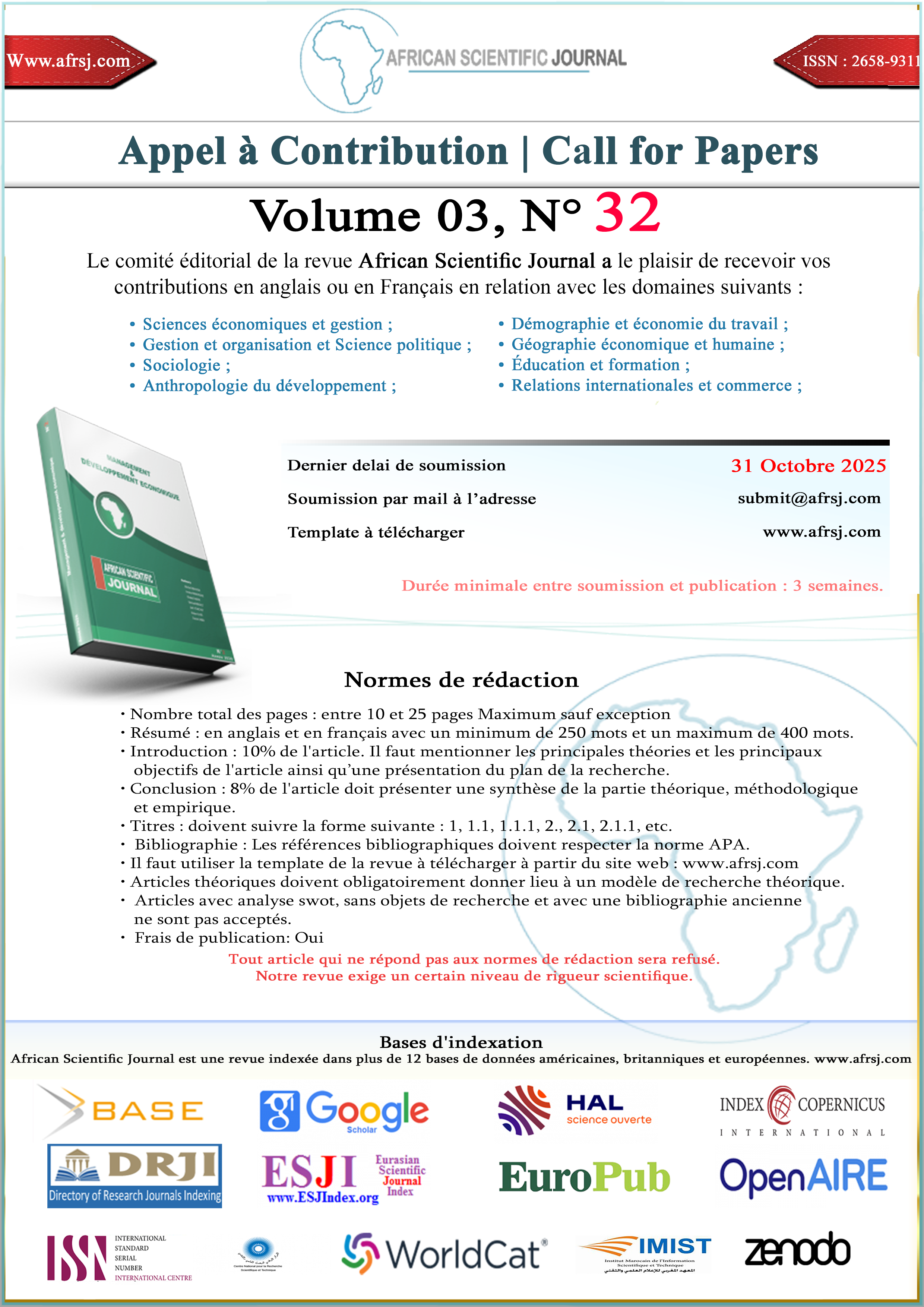The impact of Kaizen culture, transformational leadership and the 4P model on organizational performance and employee commitment.
DOI:
https://doi.org/10.5281/zenodo.14610157Keywords:
Index terms – Employee commitment, Job satisfaction, Kaizen culture, Leadership, Organizational performance, Transformational leadership, 4P model.Abstract
Abstract
This article discusses Kaizen culture and transformational leadership within the 4P model in improving organizational performance and employee engagement. Drawing on a literature review and empirical studies, this article illustrates the mechanisms by which these concepts are mutually reinforcing. The survey was conducted among 200 permanent employees in small and medium sized companies in Morocco and the SPSS was used to valid the research model. The results underline that Kaizen is conditioned by transformational leadership accompanied by rigorous applicability in terms of 4P principles in an environment conducive to innovation and continuous improvement, while at the same time achieving relative employee satisfaction. Recommended practices for companies wishing to incorporate these philosophies in various environments are also presented.
Index terms – Employee commitment, Job satisfaction, Kaizen culture, Leadership, Organizational performance, Transformational leadership, 4P model.
Downloads
Published
How to Cite
Issue
Section
License
Copyright (c) 2024 African Scientific Journal

This work is licensed under a Creative Commons Attribution-NonCommercial-NoDerivatives 4.0 International License.





















